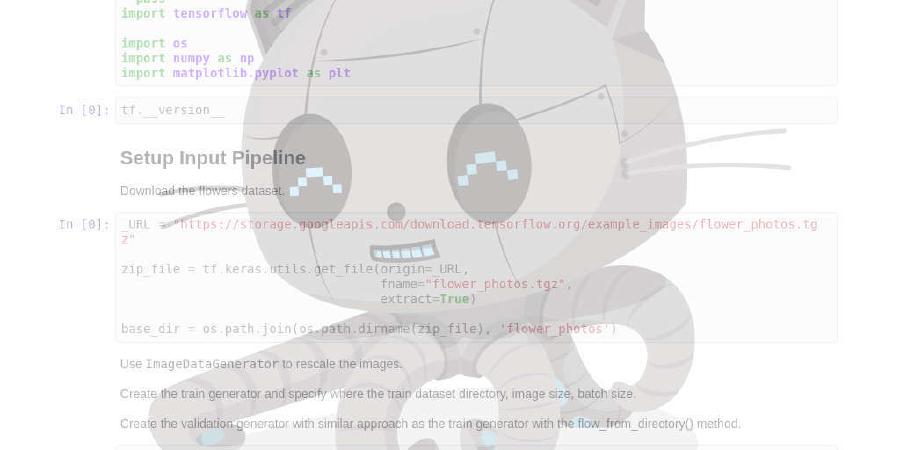iodide-project/pyodide

The Python scientific stack, compiled to WebAssembly
| repo name | iodide-project/pyodide |
| repo link | https://github.com/iodide-project/pyodide |
| homepage | https://alpha.iodide.io/notebooks/300/ |
| language | Python |
| size (curr.) | 7906 kB |
| stars (curr.) | 3532 |
| created | 2018-02-23 |
| license | Mozilla Public License 2.0 |
What is Pyodide? | Try Pyodide | Getting Started | Contributing | License
Pyodide
The Python scientific stack, compiled to WebAssembly.
Try Pyodide and Iodide in your browser
What is Pyodide?
Pyodide brings the Python runtime to the browser via WebAssembly, along with the Python scientific stack including NumPy, Pandas, Matplotlib, parts of SciPy, and NetworkX. The packages directory lists over 35 packages which are currently available.
Pyodide provides transparent conversion of objects between Javascript and Python. When used inside a browser, Python has full access to the Web APIs.
While closely related to the iodide project, a tool for literate scientific computing and communication for the web, Pyodide goes beyond running in a notebook environment. To maximize the flexibility of the modern web, Pyodide may be used standalone in any context where you want to run Python inside a web browser.
Try Pyodide (no installation needed)
For more information, try the demo and look through the documentation.
Getting Started
Pyodide offers three different ways to get started depending on your needs and technical resources. These include:
- Download a pre-built version (the quickest way to get started)
- Build Pyodide from source (this method requires installing prerequistes and using
make. Primarily for Linux users who want to experiment or contribute back to the project.) - Use a Docker image (recommended for Windows and macOS users and for Linux users who prefer a Debian-based Docker image on Docker Hub with the dependencies already installed)
Download a pre-built version
Pre-built versions of Pyodide may be downloaded from this repository’s releases page.
Building from source
Building is easiest on Linux and relatively straightforward on Mac. For Windows, we currently recommend using the Docker image (described below) to build Pyodide.
Make sure the prerequisites for emsdk are installed. Pyodide will build a custom, patched version of emsdk, so there is no need to build it yourself prior.
Additional build prerequisites are:
- A working native compiler toolchain, enough to build CPython.
- A native Python 3.7 to run the build scripts.
- PyYAML
- lessc to compile less to css.
- uglifyjs to minify Javascript builds.
- gfortran (GNU Fortran 95 compiler)
- f2c
- ccache (optional) highly recommended for much faster rebuilds.
On Mac, you will also need:
- Homebrew for installing dependencies
- System libraries in the root directory (
sudo installer -pkg /Library/Developer/CommandLineTools/Packages/macOS_SDK_headers_for_macOS_10.14.pkg -target /should do it, see https://github.com/pyenv/pyenv/issues/1219#issuecomment-428305417) - coreutils for md5sum and other essential Unix utilities (
brew install coreutils) - cmake (
brew install cmake) - pkg-config (
brew install pkg-config) - openssl (
brew install openssl) - gfortran (
brew cask install gfortran) - f2c: Install wget (
brew install wget), and then run the buildf2c script from the root directory (sudo ./tools/buildf2c)
Build using make
After installing the build prerequisites, run from the command line:
make
Using Docker
We provide a Debian-based Docker image on Docker Hub with the dependencies already installed to make it easier to build Pyodide. Note that building from the Docker image is very slow on Mac, building on the host machine is preferred if at all possible.
-
Install Docker
-
From a git checkout of Pyodide, run
./run_docker -
Run
maketo build.
If running make deterministically stops at one point in each subsequent try, increasing
the maximum RAM usage available to the docker container might help [This is different
from the physical RAM capacity inside the system]. Ideally, at least 3 GB of RAM
should be available to the docker container to build pyodide smoothly. These settings can
be changed via Docker Preferences [See here].
You can edit the files in your source checkout on your host machine, and then
repeatedly run make inside the Docker environment to test your changes.
Contributing
Please view the CONTRIBUTING document for tips on filing issues, making changes, and submitting pull requests. The following sections describe how to run tests, run Pyodide benchmarks, and lint the source code.
Testing
Install the following dependencies into the default Python installation:
pip install pytest selenium pytest-instafail
Install geckodriver and
chromedriver
and check that they are in your PATH.
Automated testing
To run the pytest suite of tests, type on the command line:
pytest test/ packages/
Manual interactive testing
To run manual interactive tests, a docker environment and a webserver will be used.
-
Bind port 8000 for testing. To automatically bind port 8000 of the docker environment and the host system, run:
./run_docker -
Now, this can be used to test the
pyodidebuilds running within the docker environment using external browser programs on the host system. To do this, run:./bin/pyodide serve -
This serves the
builddirectory of thepyodideproject on port 8000.- To serve a different directory, use the
--build_dirargument followed by the path of the directory. - To serve on a different port, use the
--portargument followed by the desired port number. Make sure that the port passed in--portargument is same as the one defined asDOCKER_PORTin therun_dockerscript.
- To serve a different directory, use the
-
Once the webserver is running, simple interactive testing can be run by visiting this URL: http://localhost:8000/console.html
Benchmarking
To run common benchmarks to understand Pyodide’s performance, begin by installing the same prerequisites as for testing. Then run:
make benchmark
Linting
Python is linted with flake8. C and Javascript are linted with
clang-format.
To lint the code, run:
make lint
License
Pyodide uses the Mozilla Public License Version 2.0. See the LICENSE file for more details.
What is Pyodide? | Try Pyodide | Getting Started | Contributing | License | Back to top





